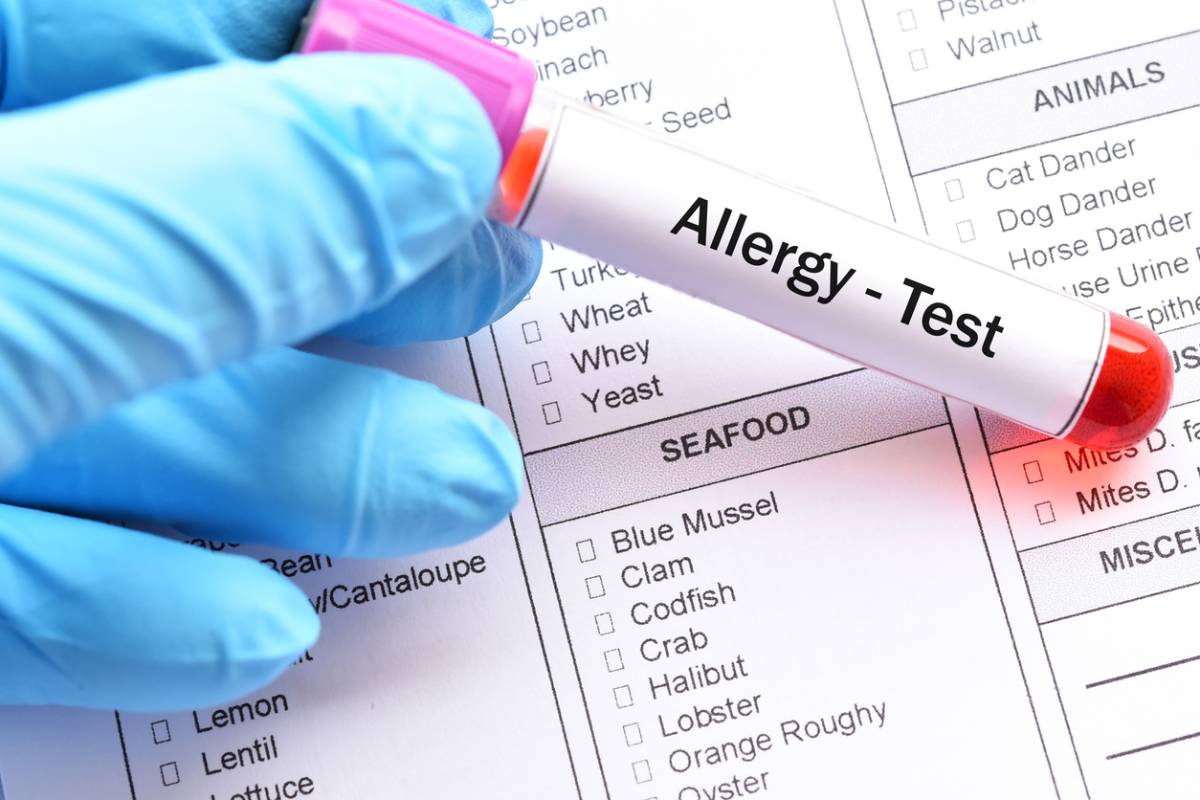About one in six Americans have allergies. They range in severity from mild to life-threatening, but practically all allergic reactions feature respiratory and dermatological symptoms. In fact, allergies are a common asthma trigger, which is one of many reasons you may choose to have an allergy test. Now, are allergy tests accurate?
Are Allergy Tests Accurate?
It is extremely rare for these tests to provide false negatives, but 50%-60% provide false positives. Fortunately, there’s no real danger in a false positive, and your New York City asthma doctor will work with you to confirm any allergens that elicited a reaction.
How Does an Allergy Test Work?
Step 1:
The skin prick test is the most common form of allergy testing. When you go to get your allergy testing in New York City your doctor will select up to fifty different allergens that could be responsible for your symptoms. These chosen allergens are usually regionally and environmentally based to provide the most useful results for the patient.
Step 2:
From there, a grid will be marked out on your skin. It’s usually done on your back. It has plenty of room you can easily hide if you do have a reaction. However, your asthma doctor may be only testing a small sample of likely candidates. In this case, you may also have the test on your forearm.
Step 3:
Once the appropriate allergens have been chosen and your grid is ready to go, it’s time to apply the allergen samples to the skin. Your medical professional will do this by placing a very small amount of an allergen sample into each square. Most of the samples will be in liquid form, but they may also use a very small piece of the allergen in the case of food.
Step 4:
After the sample is placed, each box will be gently pricked or scratched. This allows the sample to seep into the skin just slightly where it is more likely to show a more reliable result. You can typically expect to see your results within thirty minutes. During this time, you will be monitored as a safety precaution in case of a more serious reaction.
Step 5:
By the end of thirty minutes, your doctor will have a near-perfect idea of what you aren’t allergic to and a pretty good idea of what you are allergic to. Allergens that elicited an allergic reaction usually present with a raised white bump surrounded by red, irritated skin. However, as we mentioned before, there’s about a 50% chance that you may not be allergic to one of the sampled allergens that elicited a reaction. You will need further testing to know for sure.
Why Are False Positives So Common?
False positives are relatively common in scratch tests. This happens due to the nature and delivery of the sample. Specifically, when it is not quite the same as the allergens we encounter naturally. What you might normally inhale in very small amounts is being scratched directly into your skin. Despite being painless and barely breaking the skin’s barrier, this is a very different form of delivery than you would normally experience.
In the case of food allergies, your body begins to break down the proteins in food at a very early stage in digestion. This process reduces the size of these proteins. This makes it less likely that your IgE antibodies will recognize them as a foreign invader. Scratch tests cannot replicate this process. So the proteins in food allergen samples are full-sized and easier for your IgE antibodies to spot.
In a similar vein, you may also test positive for inter-related allergens that contain similar proteins. This happens despite the fact that your body doesn’t normally recognize the related protein as a threat. To get to the bottom of identifying your actual allergies, you’ll need to work closely with your doctor. Still, a scratch test is a great way to eliminate possibilities due to their extremely low almost nonexistent cases of false negatives.

